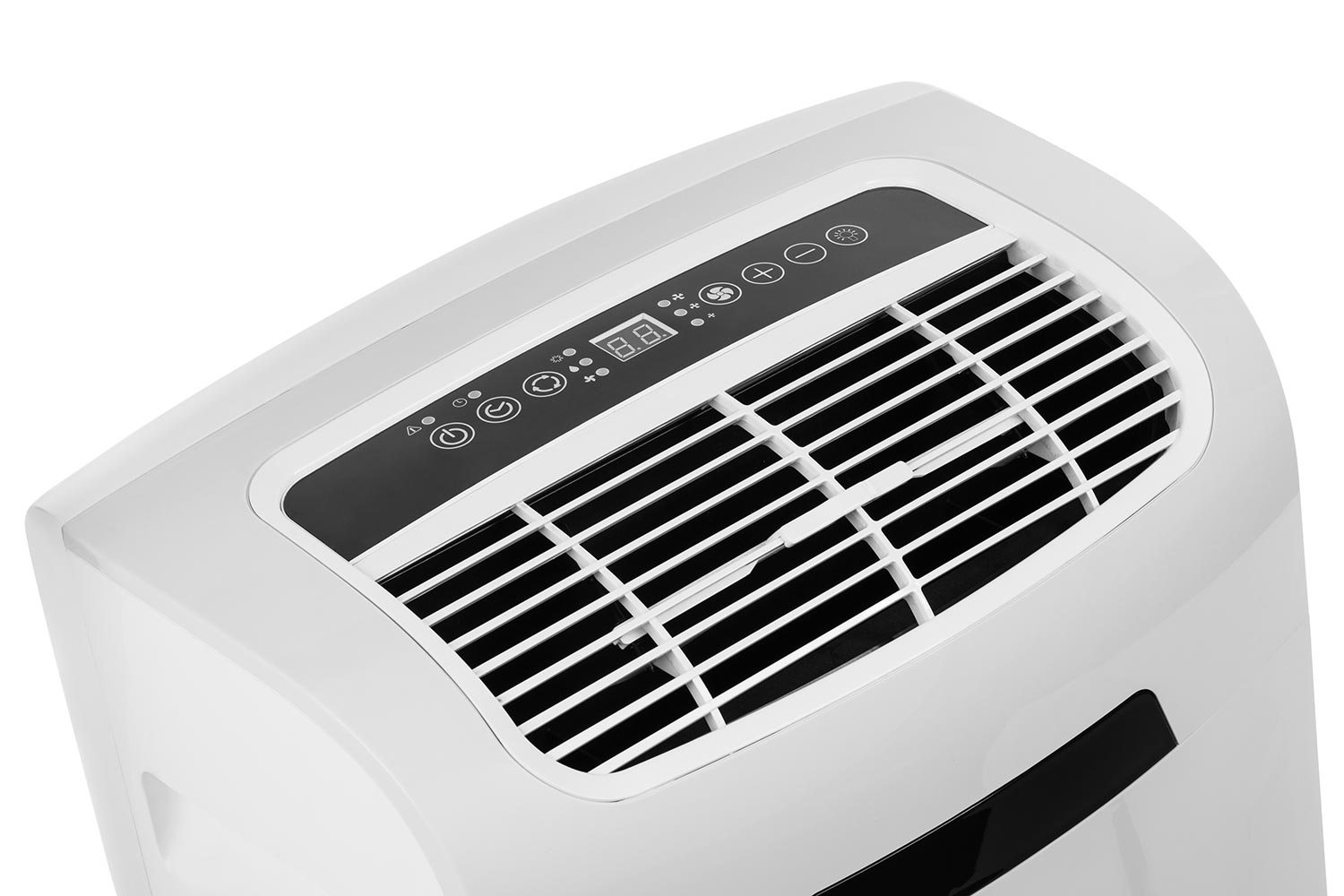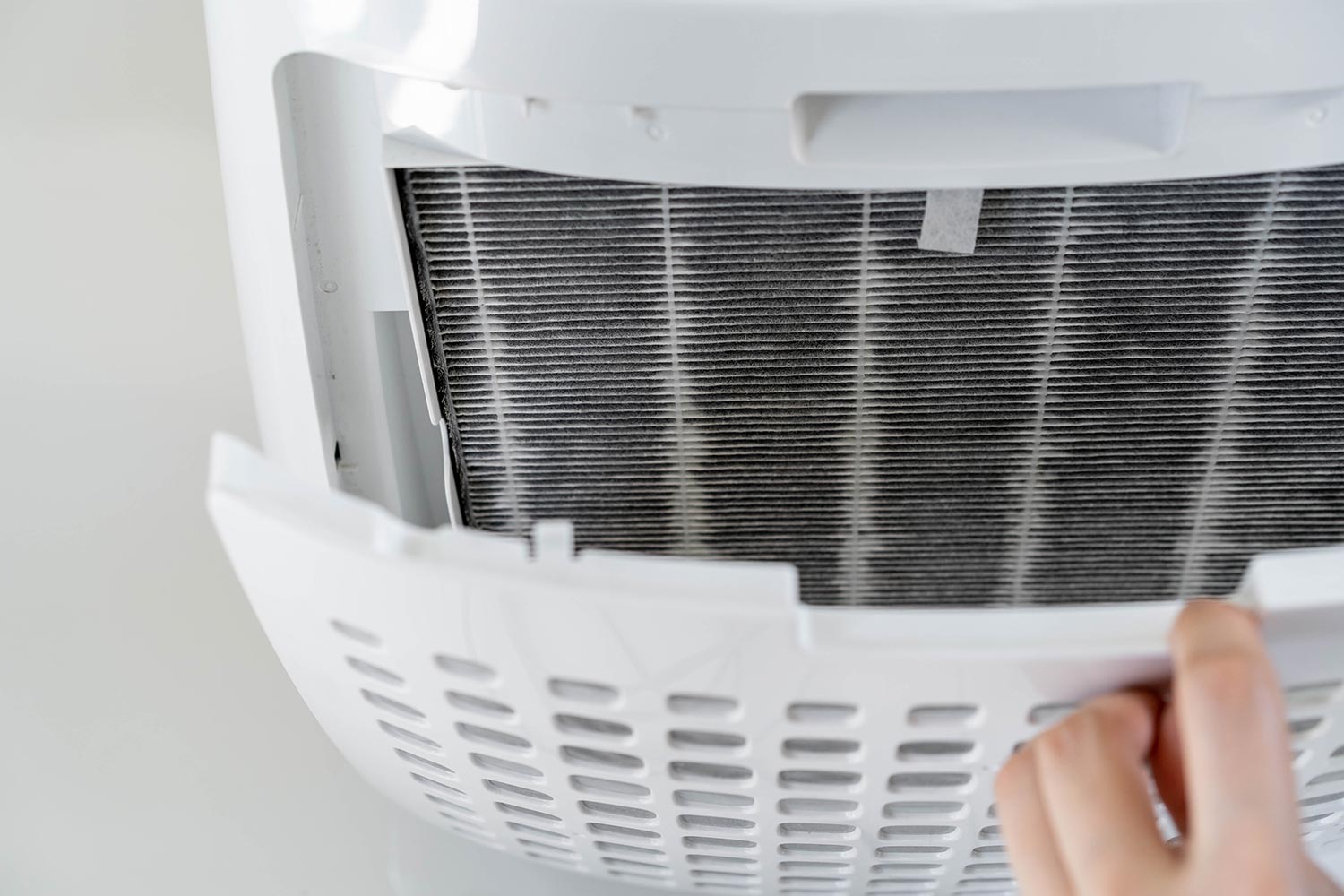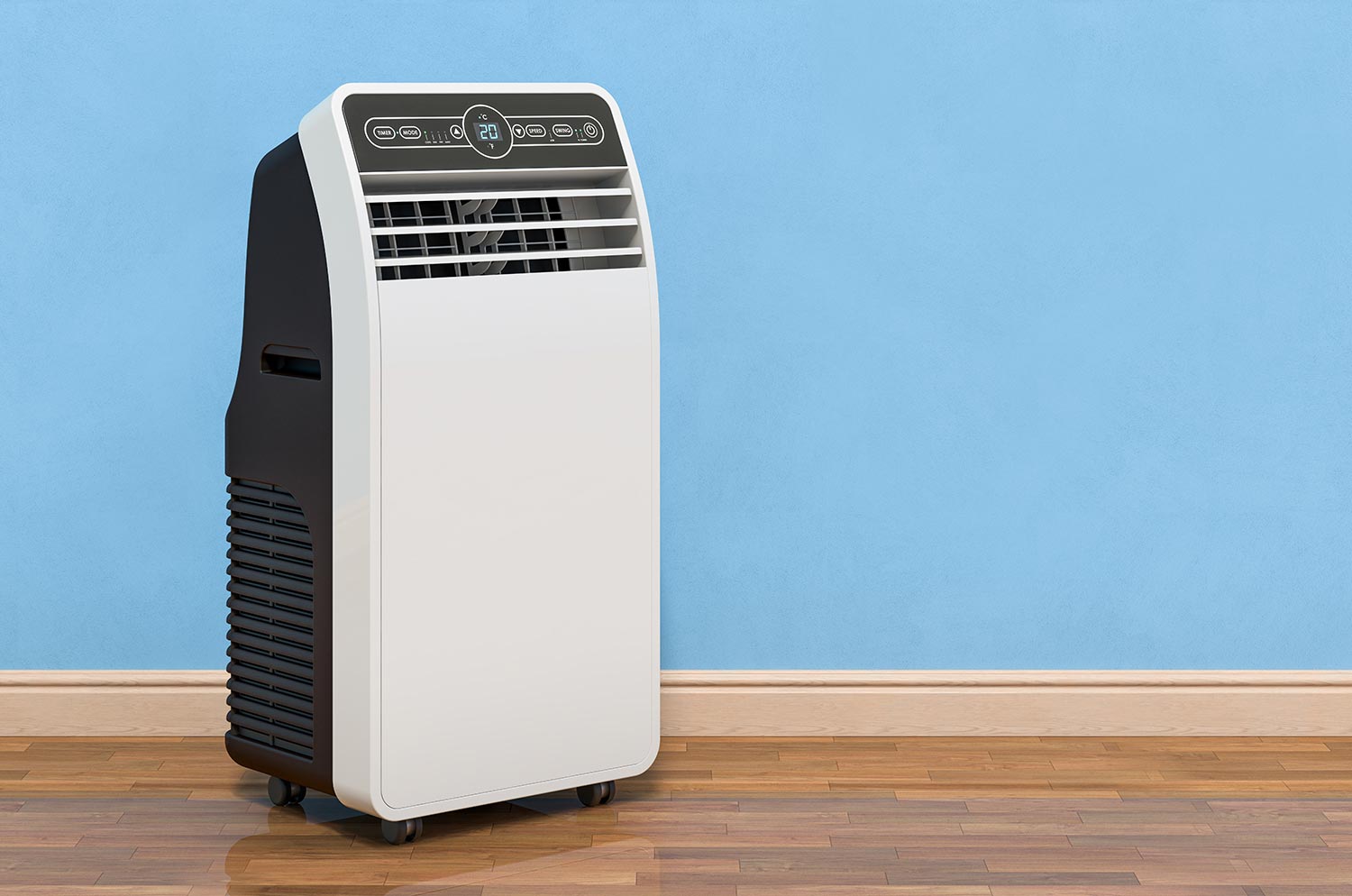Toshiba's line of portable air conditioners is typically ideal for spaces between 150 to 450 square feet. The Japanese appliance company’s portable AC models can also help dehumidify rooms with fairly simple remote commands. But do you need to drain your Toshiba portable air conditioner? If so, how can you do it? We researched the answers to these questions and here’s what we found.
Draining a Toshiba portable air conditioner often happens automatically and doesn’t require frequent human intervention. However, regular use of some modes like the dehumidifying and heating functions may demand manual draining. If so, owners can follow these procedures to drain their ACs:
- Remove the drain plug and install the drain hose, or
- Attach the drain hose directly
Certain cases may also require users to drain their portable air conditioners sooner than later. Continue reading as we discuss the reasons behind portable ACs filling up with water quickly. We'll also talk about draining a Toshiba portable air conditioner correctly in greater detail.
![Portable air conditioner in a blue wall room, Should I Drain My Toshiba Portable Air Conditioner? [And How To]](https://hvacseer.com/wp-content/uploads/2022/02/Should-I-Drain-My-Toshiba-Portable-Air-Conditioner-And-How-To.png)
Do I Need To Drain My Toshiba Portable Air Conditioner?
In most cases, you won’t need to drain your Toshiba portable air conditioner. The appliance should remove excess moisture automatically through its drain hose once the water in the condensation pan hits a certain level.
However, activating the appliance’s dehumidifying and heating modes generally demands manual draining. This means owners need to place the portable cooling unit near viable drainage to practice proper water removal.

How Often Drain Toshiba Portable AC?
Users that want to practice manually draining their Toshiba portable ACs should remove the excess water from these appliances at least once every 6 to 8 hours of use.
But infrequent usage may not demand regular draining. Some owners may find draining their Toshiba portable cooling systems only once per several weeks.

Also, read our post on how often to drain an air conditioner to learn more about this topic.
How To Drain A Toshiba Portable Air Conditioner?
Before draining a Toshiba portable air conditioner, it’s important to note to never drink the water from the unit. Also, take note that you’re working with moisture, which means it’s prudent for you to turn off the device before draining it to avoid electrocution.
Owners should also take note that manual water draining for their portable Toshiba cooling units is possible using one of two methods:
- Take out the upper drain plug from the unit’s rear and install the drain hose afterward, or
- Connect the drain hose to the drain hole directly if the model doesn’t have a drain connector.
After connecting the drain hose, place it near proper drainage. If this component has damages, it’s often best to replace it with a new model to prevent long-term issues. However, interested buyers should ensure that the replacement drain hose they buy is compatible with their Toshiba portable AC.
Aside from draining through a hose, users may also opt to drain the excess moisture from their Toshiba portable cooling systems into a pan or their homes’ main drainage line.
Also, the water draining process for certain Toshiba portable cooling units, particularly when they’re dehumidifying and heating modes are used frequently, is typically different from the standard procedure. If owners use these modes regularly, the steps to drain the unit manually are:
- Install the drain hose but remove the drain plug and the attached hose.
- Connect a universal drain adaptor to one end of the drain hose.
- Return the drain hose (now with the adapter) into the drain plug.
- Drain the unit’s excess moisture.
Toshiba portable AC owners may only need to wait for the P1 code to show on the digital display before draining water from the system. This code means that the unit’s interior tank is full, which demands manual water removal.
You might also wonder how to drain a dehumidifer with a hose. If so, read our post on that topic to know the steps for that task.
Additional Points
It’s possible to elevate the drain hose up to 6 feet above the unit. Also, ensure that the hose doesn’t have kinks that might otherwise restrict the flow of water. Finally, the hose’s outlet should be pointing down to let gravity help with the water removal.
Check out this universal air conditioner drain hose on Amazon.
Why Does My Toshiba Portable Air Conditioner Fill With Water Quickly?
Portable air conditioners, including those from Toshiba, may encounter issues wherein the water in these units fill faster than usual. Take note that the origins of these problems might come from different sources, which may include (but aren’t limited to) the following:
Initial Startup
Many homeowners disconnect and store their portable AC units in the cold season. Once the cold weather hits, moisture buildup is often imminent while these appliances are in storage. Users can place a cover over these devices to help reduce water vapor accumulation.
Check out this portable air conditioner cover on Amazon.
Humidity
Climate is uncontrollable, which means portable AC owners need to adjust their routines to ensure these appliances don’t encounter problems because of the moisture buildup.
Locations like New Orleans, Louisiana, Jacksonville, Florida, and Houston, Texas, generally have the highest relative humidity ratings in the country. Households in these cities may experience faster-than-usual accumulation of water in their portable ACs.
Dirt Buildup

Like their non-moveable counterparts, portable air conditioners have filters that can also accumulate dust and dirt over time. If these components collect filth, the portable AC will typically have trouble circulating air within its internals, resulting in excess water vapor.
It’s important to note that locating and removing the filter for each specific portable air conditioner model. Consult your owner’s manual to know the area of this component and how to remove it properly without applying any additional risk of damaging it.
Here's a quick step-by-step guide on how to remove and clean the filter of a portable AC to help give you an idea of how to do these procedures:
- Remove the filter by removing its protective cover.
- Pull the filter up and away from the unit to remove it. Hold it by its handle to prevent applying unwanted force on the grilles.
- Use a vacuum cleaner on the filter to suck up loose dirt and dust.
- Rinse the filter under warm or room temperature water while scrubbing it with a soft brush and a mild liquid detergent to help remove stubborn filth.
- Allow the filter to air dry before reinstalling it into the portable AC. Return the protective cover over the filter afterward.
You can also watch the video below to gain additional insights on how to do these steps correctly:
Users should clean the air filter from their portable air conditioners at least once every 2 weeks. The frequency of cleaning this component may increase depending on living conditions, the number of pets, and the location of the property.
Faulty Float
Most portable ACs will have floats in their drainage systems that tell the appliances when to unload moisture buildup. If these parts break down, the cooling units won’t know if the condensation pans or interior tanks are already full. Repair or replace faulty floats to return optimal serviceability to portable ACs.
How To Troubleshoot Toshiba Portable Air Conditioner?
Aside from a Toshiba portable air conditioner filling up with water faster than usual, it may also encounter other issues. Identifying the source of the problem can help users apply the correct repair solutions.
Some concerns related to Toshiba portable air conditioners and their possible fixes are:
- Not cooling well: Clean the filter or repair/replace a faulty exhaust hose.
- Noisy operations: Relocate the air conditioner to a flat surface.
- Failure to connect with smart devices: Remove the connection from the smart device and attempt a reconnection.
- Lower than usual fan speed during heating mode: Wait for a few minutes for the fan to reach the desired speed. If not, call a certified technician for repairs.
How Do I Reset My Toshiba Air Conditioner?
Follow these steps to reset a Toshiba air conditioner if it fails to supply spaces with efficient serviceability:
- Check the owner's guide to find the unit's RESET button.
- Press the RESET button for 3 seconds, which should make the unit beep.
- Wait for 5 seconds and test the unit if the problems persist.
What Happens If You Don't Drain Your Portable Air Conditioner?

If water remains in a portable air conditioner’s reservoir, it may develop algae, slime, and mold eventually. Allow the unit to drain the water at least once per day to ensure these substances don’t grow and spread.
Final Words
A Toshiba portable air conditioner may not need manual draining, thanks to its automatic drainage system. But users may still drain these ACs manually by using the drain hose.
Owners will know when to apply manual water draining techniques if these cooling systems show ‘P1’ on their built-in displays.


